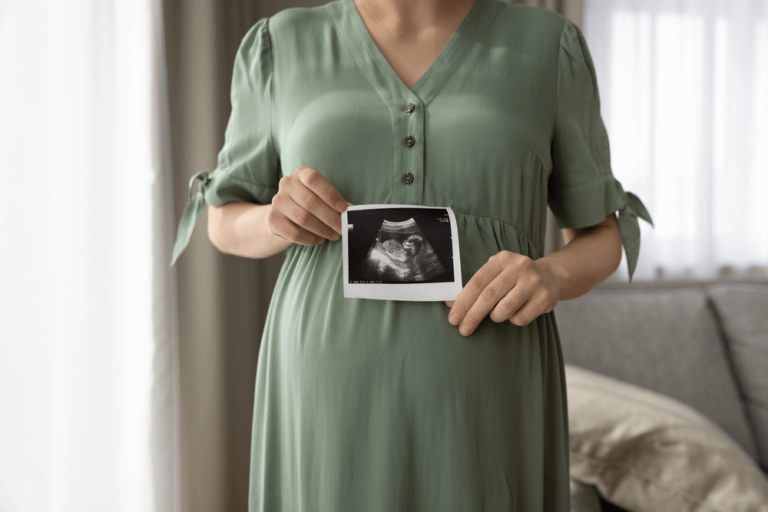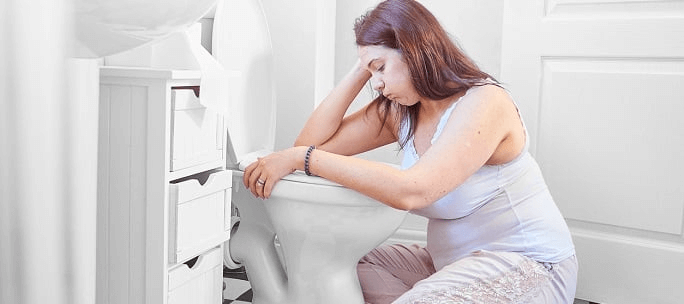Understanding Perineal Massage: A Guide for Expectant Mothers

Perineal massage is a technique practiced in the last month of pregnancy to prepare the perineal tissues for childbirth. This method aims to reduce the risk of tears, episiotomies, and the need for forceps during delivery. The perineum is the area between the vagina and anus, which stretches naturally during childbirth to allow the baby’s head to emerge.
Benefits of Perineal Massage
Research shows that regular perineal massage can significantly reduce the likelihood of perineal trauma during birth. This practice helps the perineum to become more elastic, which can make the birthing process smoother and potentially less painful.
How to Perform Perineal Massage
Preparation
- Cleanliness: Ensure that the person performing the massage washes their hands thoroughly and trims their nails to prevent injury.
- Oil: Use a small amount of warm, unscented massage oil to avoid friction.
- Timing: It’s recommended to start perineal massage about six weeks before your due date. Initially, you can perform the massage 3-4 times a week, increasing to daily sessions in the last two weeks.
Positioning
- Self-Massage: Stand with one foot raised on a bathtub or chair. This position allows easy access to the perineum and provides stability.
- Partner Assistance: If your partner is helping, recline comfortably with ample support from pillows. Place a pillow under each knee to keep your legs apart.
Also read: Couvade Syndrome: Understanding Sympathetic Pregnancy In Partners
Technique
- Insertion: Gently insert two fingers (about 1-2 inches) into the vaginal opening. Use plenty of oil to prevent friction.
- Movement: Move your fingers from side to side, focusing on the lower part of the vaginal opening. You should feel a slight tingling or burning sensation, but it should not be painful.
- Duration: Start with two-minute sessions for the first week, then gradually increase to 4-5 minutes until the birth.
Safety Considerations
- Stop If Discomfort Arises: If you experience significant pain, stop and try again the next day.
- Discontinue if Labor Starts: Stop the massage if your waters break or if labor begins.
Expert Tips
- Relaxation: Practice deep breathing or Kegel exercises to help identify and relax your pelvic muscles.
- Communication: If your partner is helping, communicate clearly to ensure comfort and effectiveness.
Conclusion
Perineal massage is a beneficial practice for expectant mothers, helping to prepare the body for childbirth and potentially reducing the need for medical interventions. By following the recommended techniques and safety guidelines, you can make this practice a part of your prenatal routine, contributing to a smoother and more comfortable birth experience.
Additional Resources
These resources provide further details and expert insights into the practice of perineal massage, ensuring that you have all the information you need for a safe and effective experience.






